Funeral Culture in Peru: Indigenous Roots and Modern Catholic Practices
In this blog of our Funeral Cultures Around the World series, we're exploring death rituals, funeral practices, and grief traditions in Peru
7/24/20253 min read


Life, Death, and the Spaces Between
Peru: A land of majestic mountains, rich spiritual traditions, and deeply rooted ancestral connections.
In this article, we explore how modern-day Peruvians approach death, grief, and remembrance — through a powerful blend of Catholicism and indigenous belief systems.
A Country Shaped by Diversity
Peru, nestled on the northwestern edge of South America, is the third-largest country on the continent and home to over 34 million people. Nearly half of its territory is covered by the Amazon rainforest, which shapes not only its biodiversity but its cultural makeup as well.
According to the last national census in 2017:
60.2% of Peruvians identify as Mestizos (mixed Indigenous and European ancestry)
20% as Quechua
5% as European
3% as Afro-Peruvian
2% as Aymara
0.6% as Amazonian
0.1% as Asian
Roughly 75% of the population identifies as Catholic — a legacy of Spanish colonialism — but Peruvian Catholicism often incorporates much older Indigenous rituals, beliefs, and symbols.
How Peruvians Understand Death
For many Peruvians, death is seen not as an abrupt end but a continuation — a transition into a spiritual realm where the deceased remain active and present.
Catholic teachings around the afterlife are layered with Indigenous Andean cosmology. In these belief systems, the soul continues its journey beyond death and remains connected to the living. Ancestors are believed to watch over descendants, offer guidance, and influence daily life.
Especially in rural communities, this understanding of death as a return to the earth or the spirit world is deeply embedded. It gives rise to funeral rituals that aim to maintain harmony between the realms of the living and the dead.
Grief: A Shared Journey
In Peru, grief is not experienced in isolation. The mourning process is often communal and may last for weeks or months. Common expressions of grief include:
Wearing black clothing
Limiting social activities
Participating in daily prayers and memorial masses
In smaller towns or Indigenous regions, extended family and community members come together to provide emotional support. Some communities express grief through storytelling, song, and symbolic rituals that honour the life of the deceased.
Grieving is as much about remembrance and reconnection as it is about letting go. It’s a spiritual act of love, rooted in ancestral traditions.
Funerals: A Blend of Traditions
A typical Peruvian funeral involves a wake (often at home or a community space), followed by a Catholic funeral mass. The body is accompanied by religious symbols such as crosses, candles, and holy water.
But in rural Andean communities, Indigenous customs are often woven into these ceremonies:
Offerings to Pachamama (Mother Earth)
Food prepared using traditional recipes
Rituals honouring local deities or mountain spirits
Funerals are deeply social events. They create space for community, storytelling, healing, and reconnection — both with each other and with the spiritual world.
Burial Practices & Unusual Tombstones
Burial is the most common method of body disposal in Peru, usually occurring within 24–48 hours of death. In urban areas, multilevel mausoleums and concrete niches are common due to space constraints. In rural regions, traditional in-ground burials are still practiced.
What sets Peruvian cemeteries apart are the personalized graves:
Graves often include photos, coca leaves, alcohol, soft drinks, and favourite foods
Some tombs resemble small houses, symbolizing home and comfort in the afterlife
Decorations reflect the deceased’s personality, ensuring they are remembered with warmth and dignity
Memorials & Ongoing Connection
Memorialisation doesn’t end with the funeral.
Key remembrance days include:
The one-month and one-year anniversaries
November 2nd, known as Día de los Muertos (Day of the Dead)
On these days, families return to gravesites with music, food, flowers, and offerings. It’s common to see families picnicking at cemeteries, playing the deceased’s favourite songs, and cleaning the graves with care.
This is a time of spiritual reunion — a celebration of the connection between the living and the dead.
Final Thoughts
In Peru, death is not feared — it is respected, ritualised, and integrated into life. From colourful tombstones to community-wide ceremonies, the way Peruvians honour their dead reflects a worldview rooted in both Catholic faith and Indigenous wisdom.
It reminds us that death isn’t just an end — it’s part of a larger, sacred cycle.
Want to go deeper?
We offer consultations and tailored education sessions exploring death, trauma, cultural narratives, and how to talk about difficult topics. Whether you’re an educator, student, or simply curious — we’re here to help you navigate these conversations with care and depth.
🎁 Download our digital resources – a mix of practical tools and in-depth guides on grief, mental health, and supporting others through difficult times.
🧠 Book a one-on-one session – talk with a professional in a safe, compassionate space

